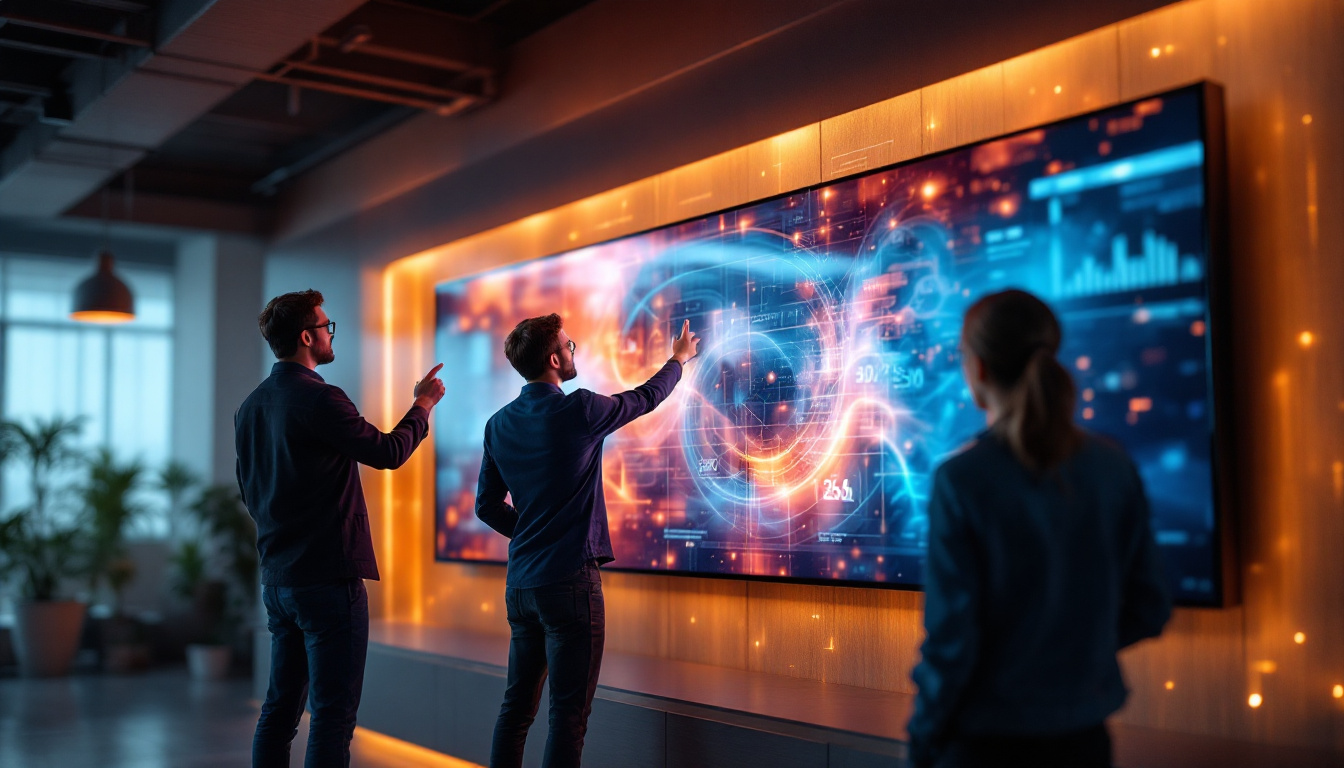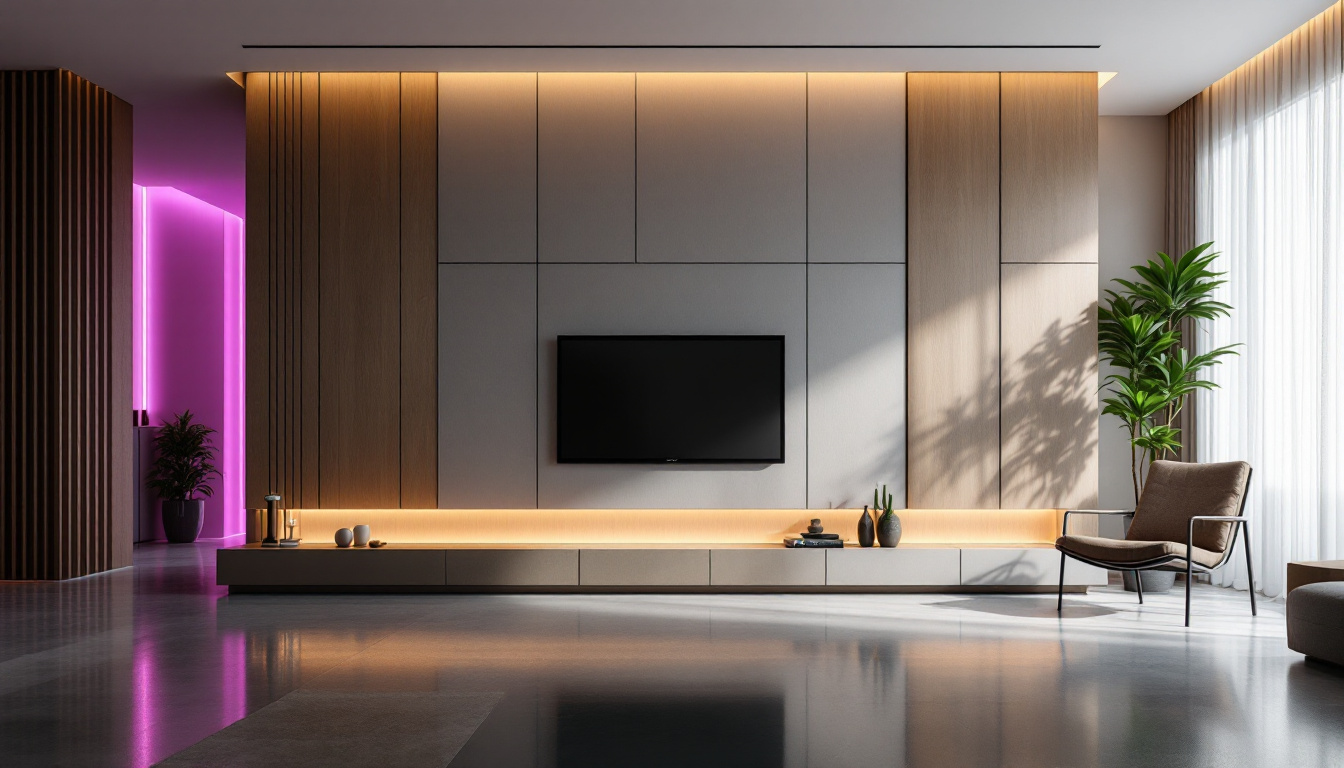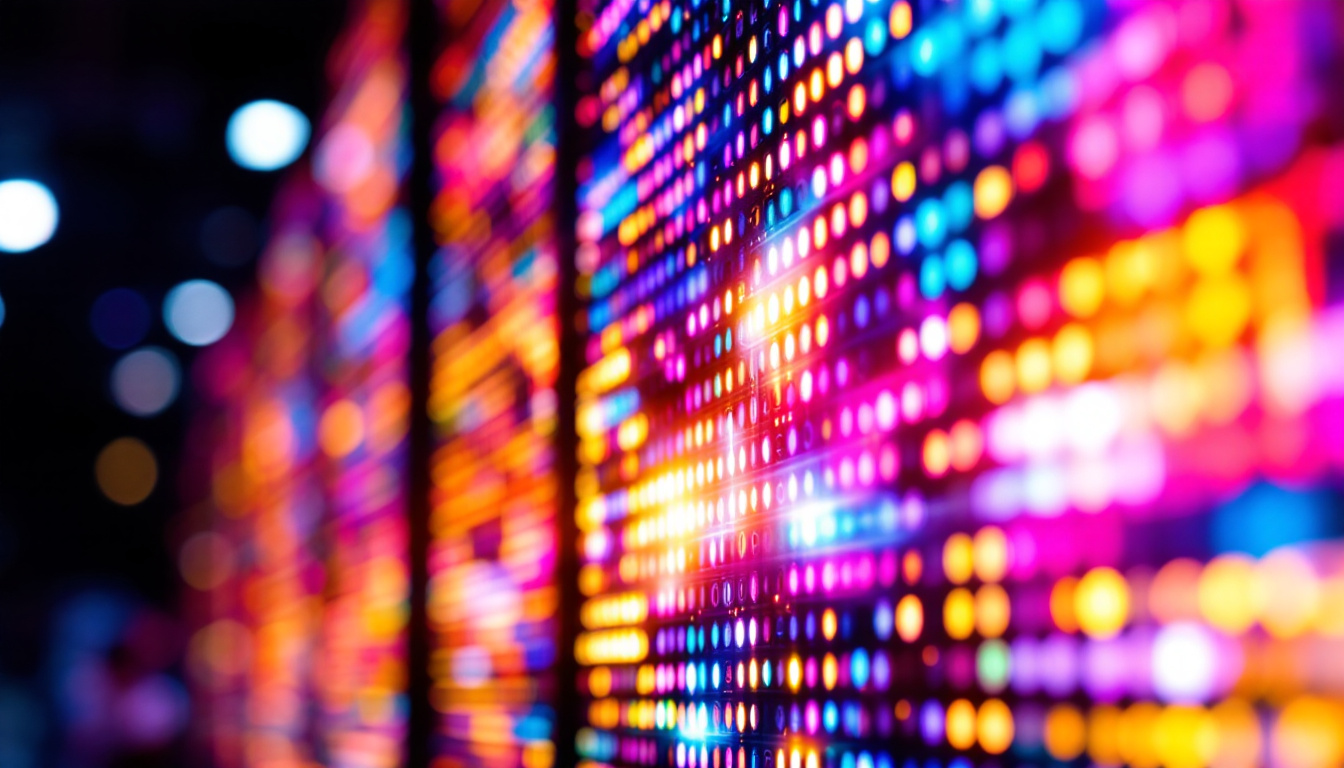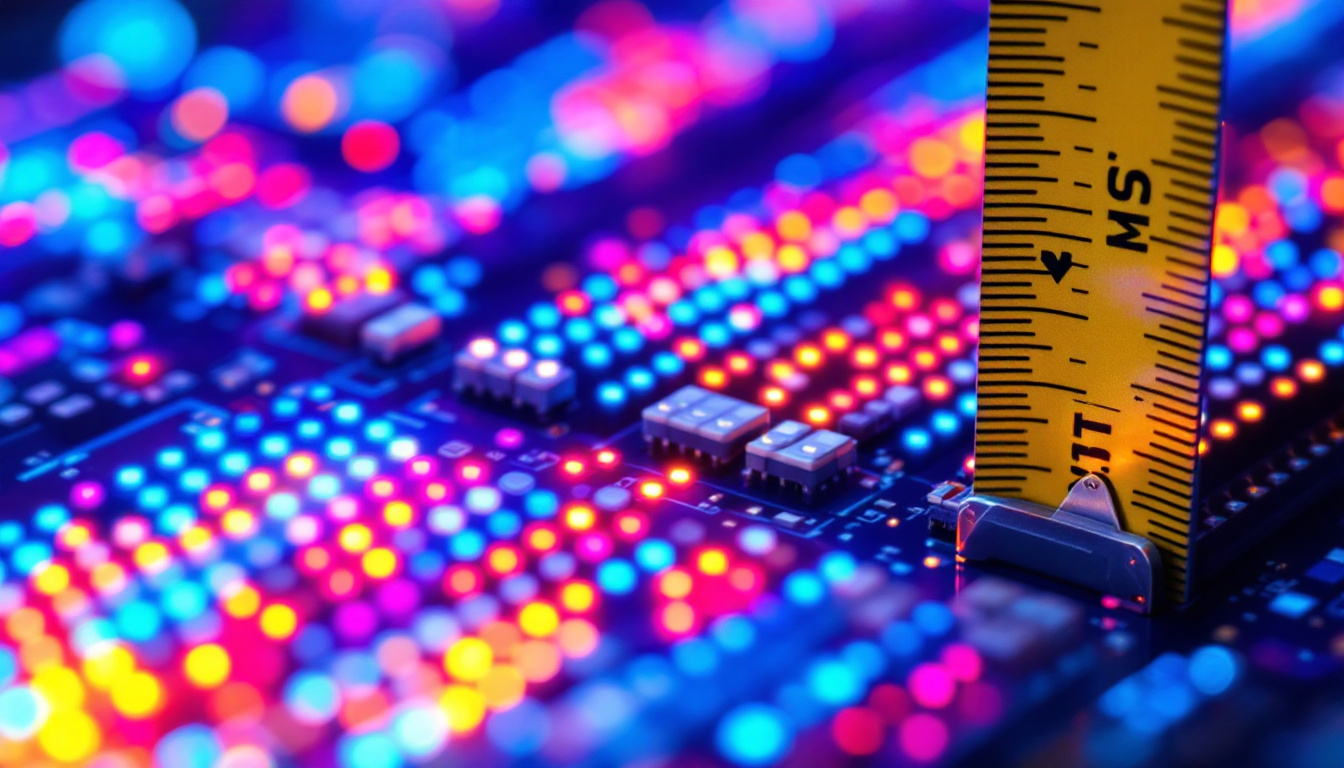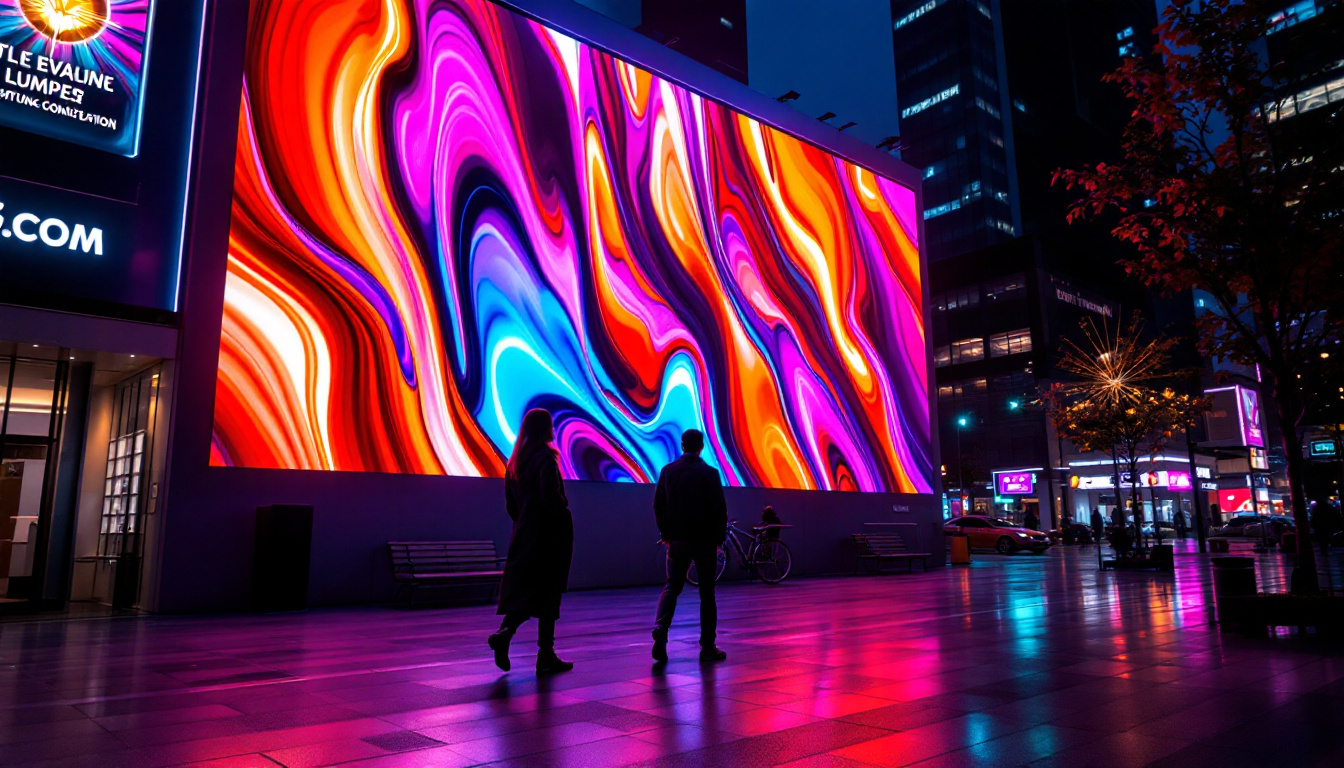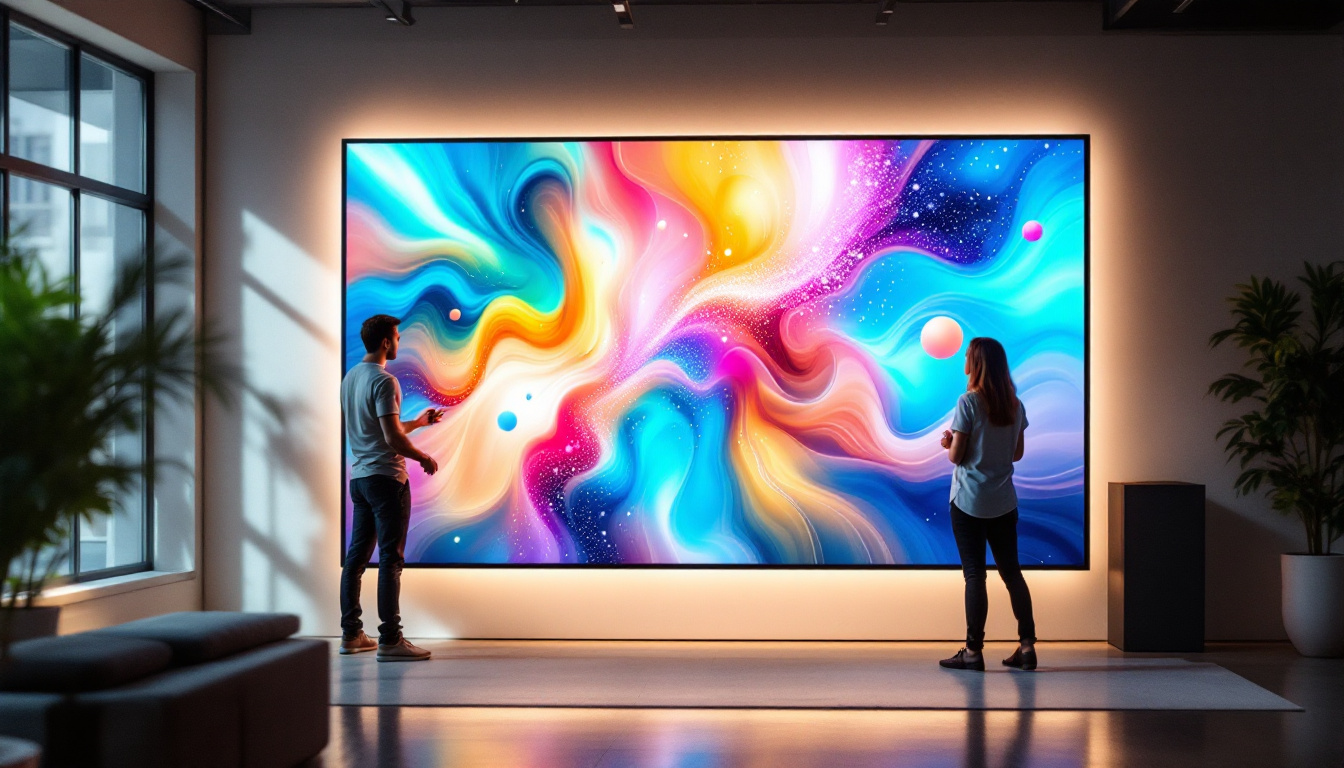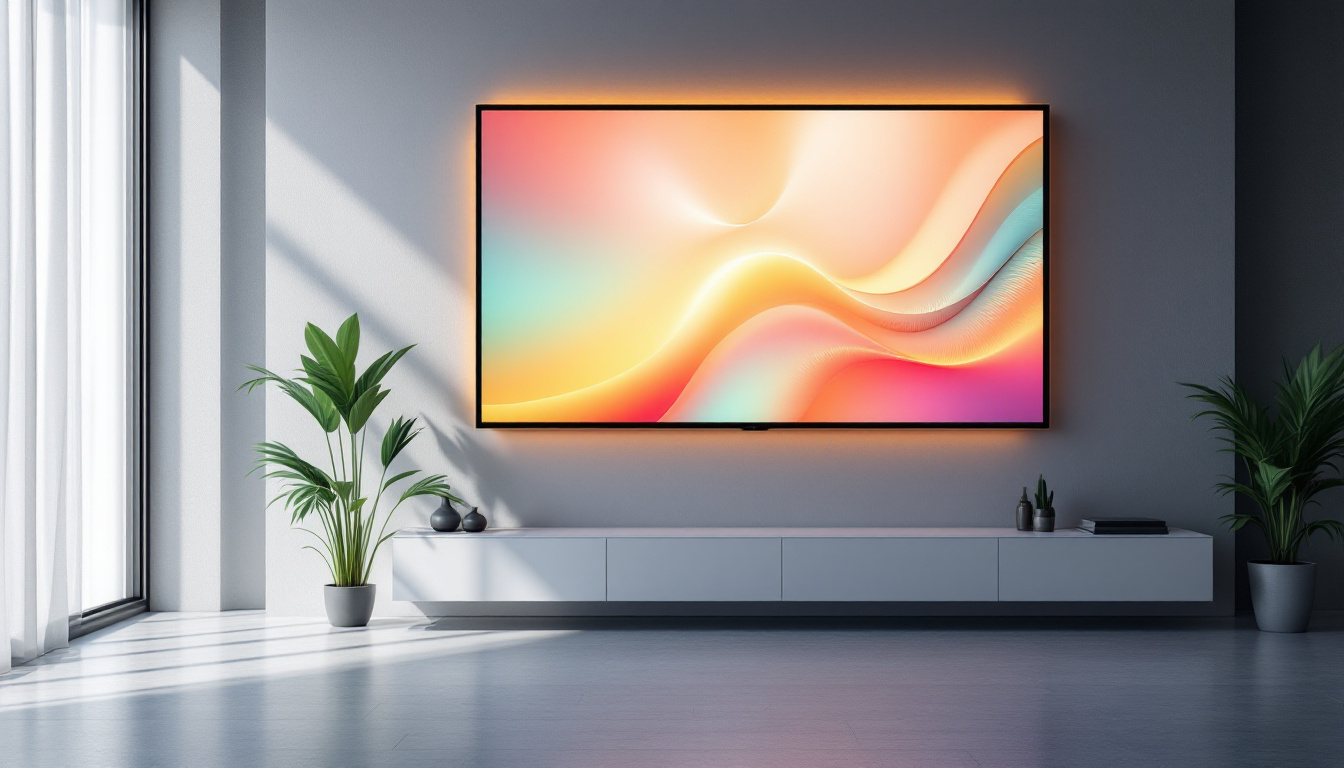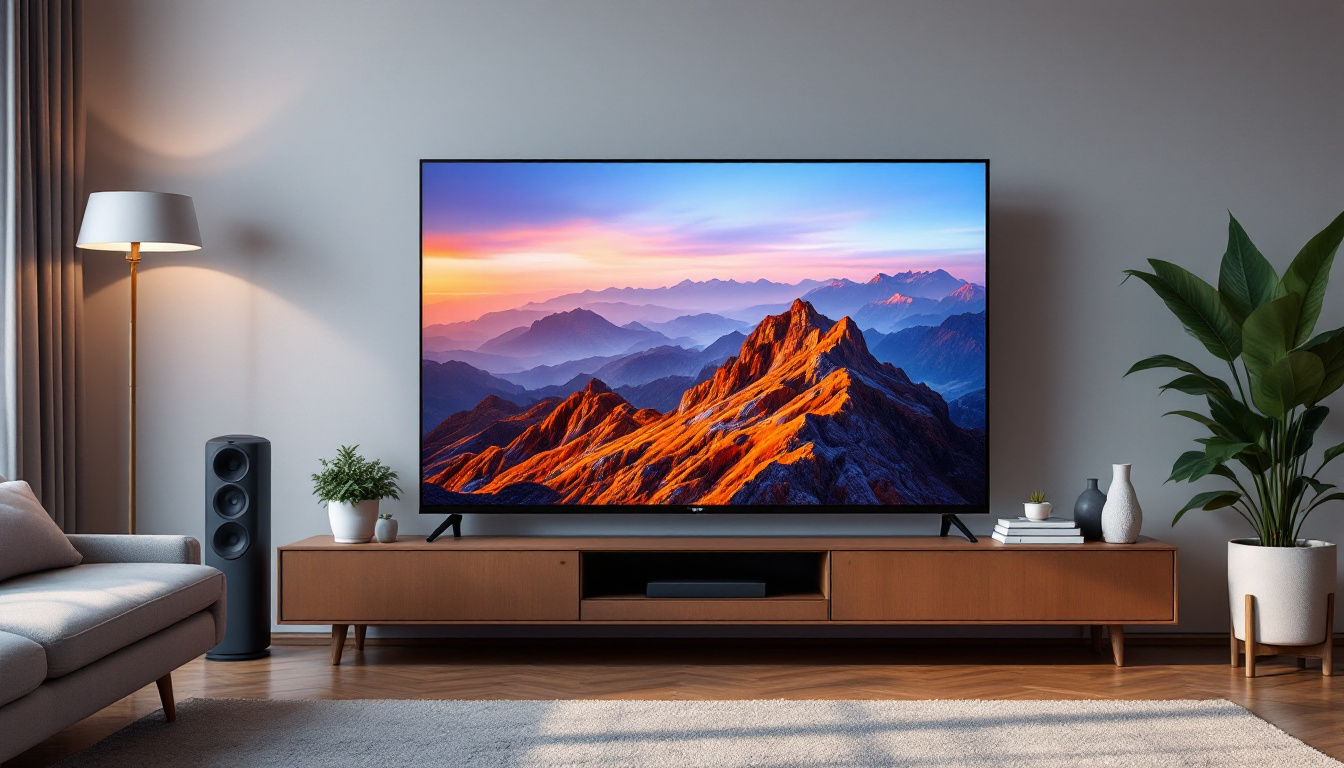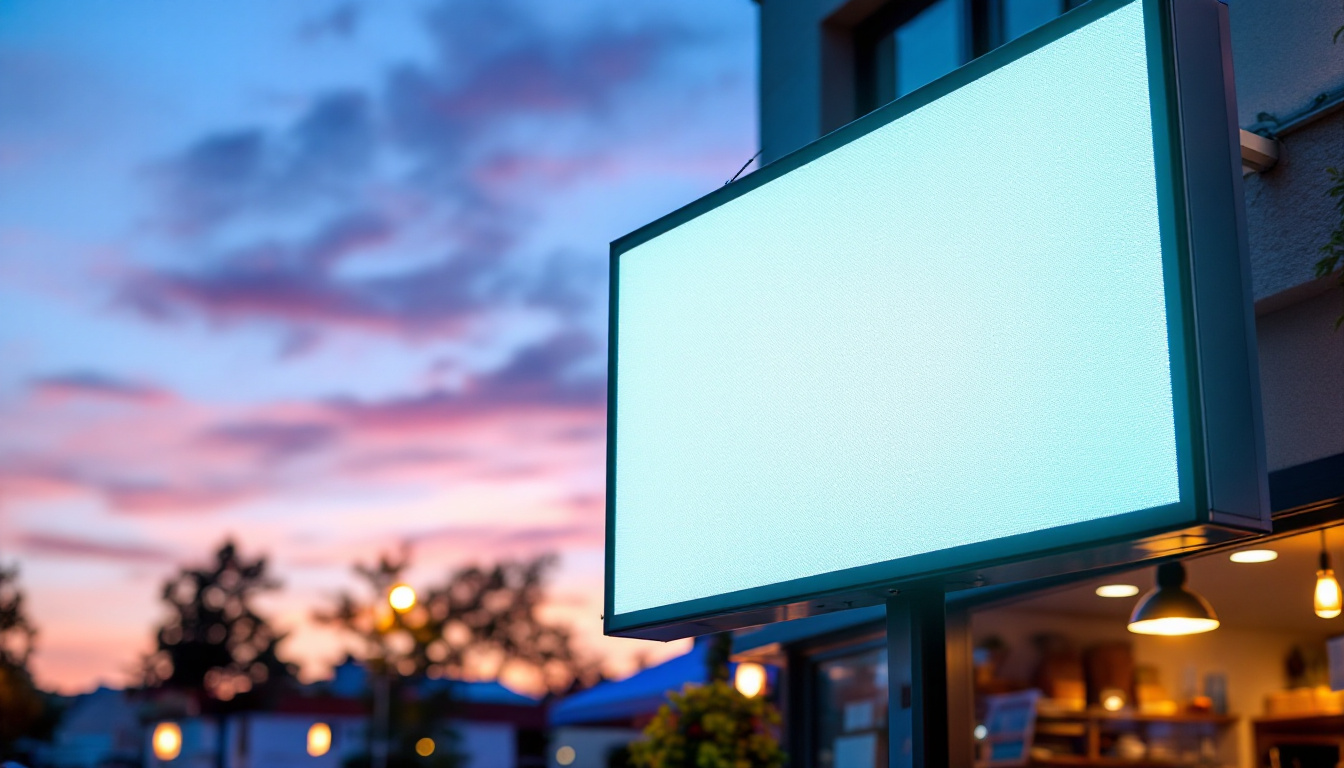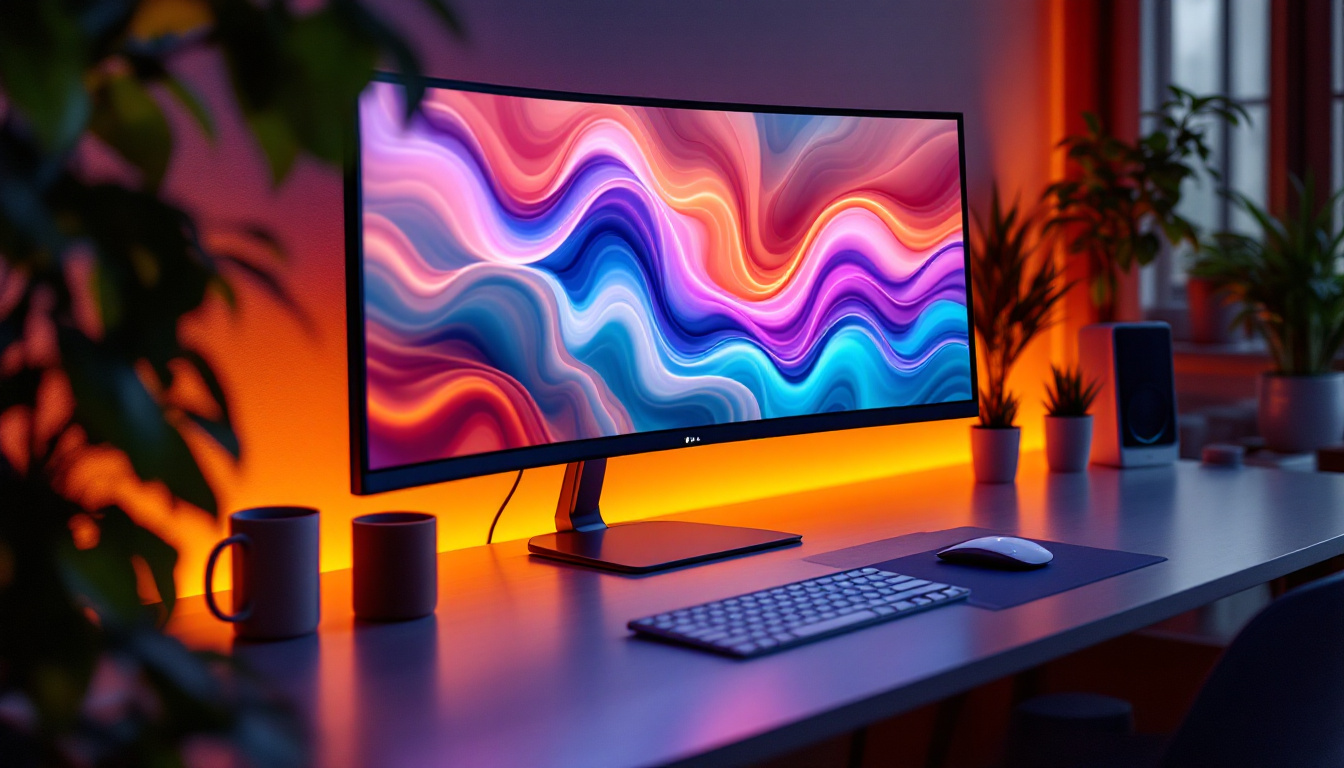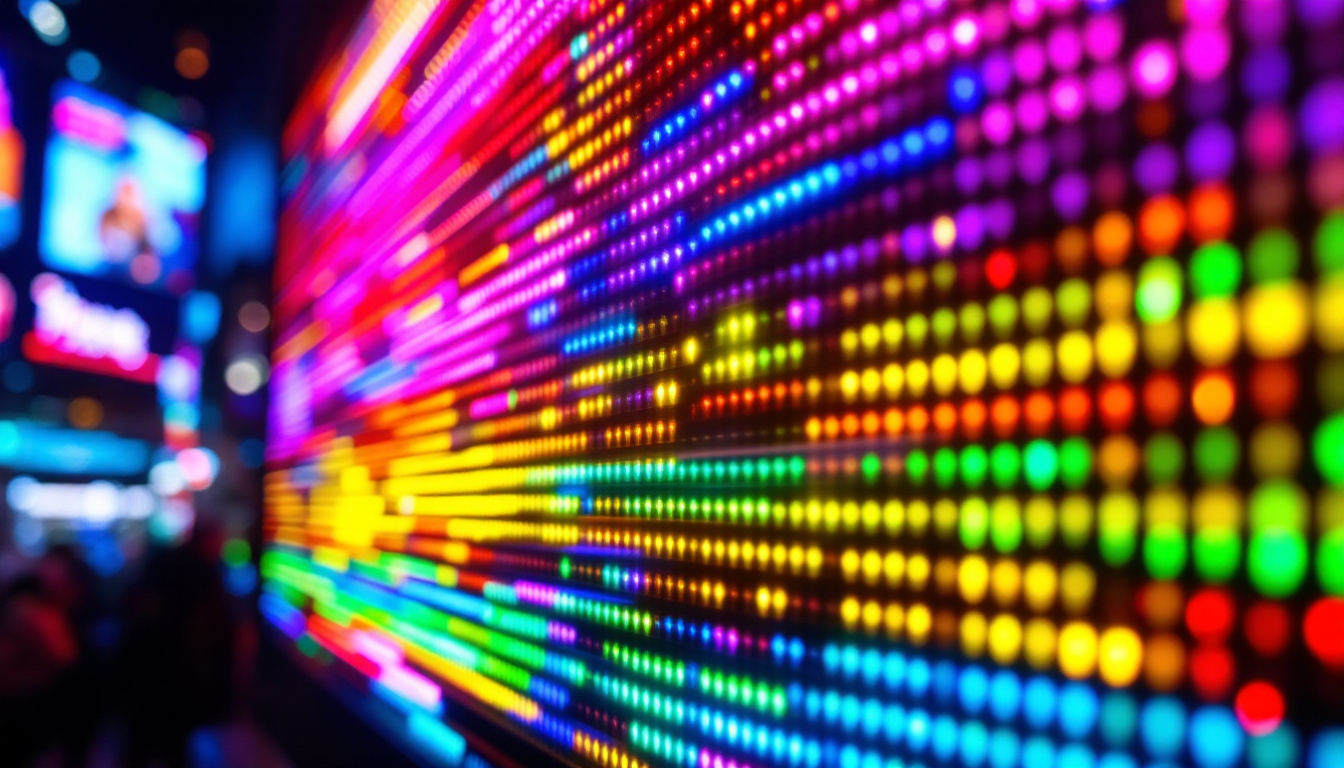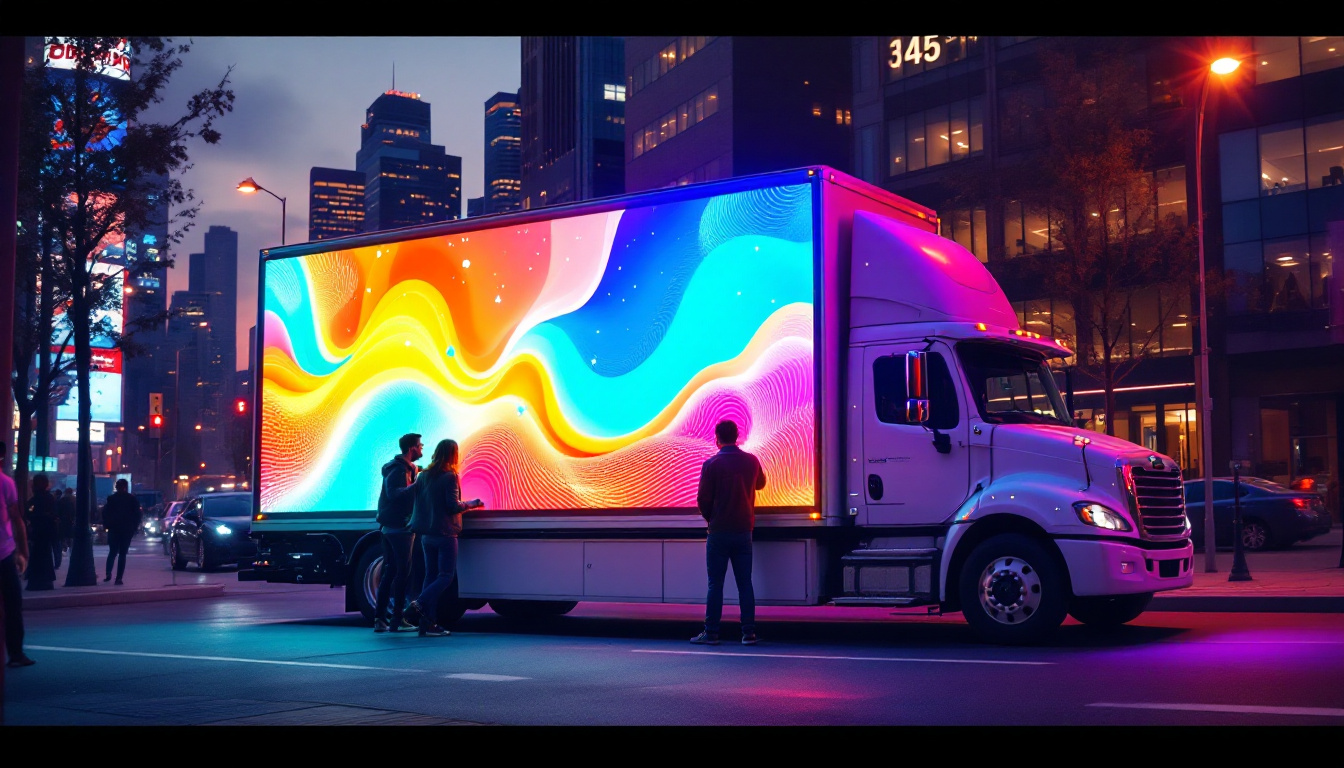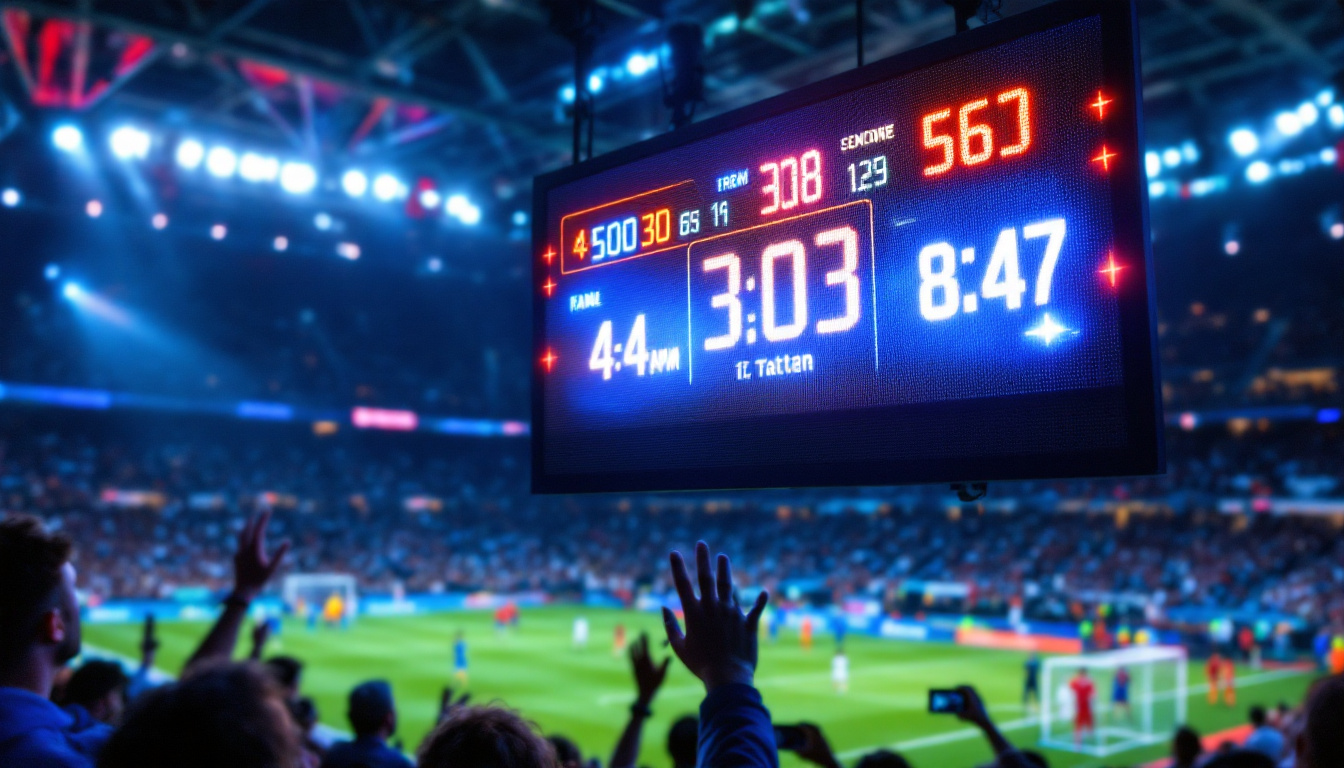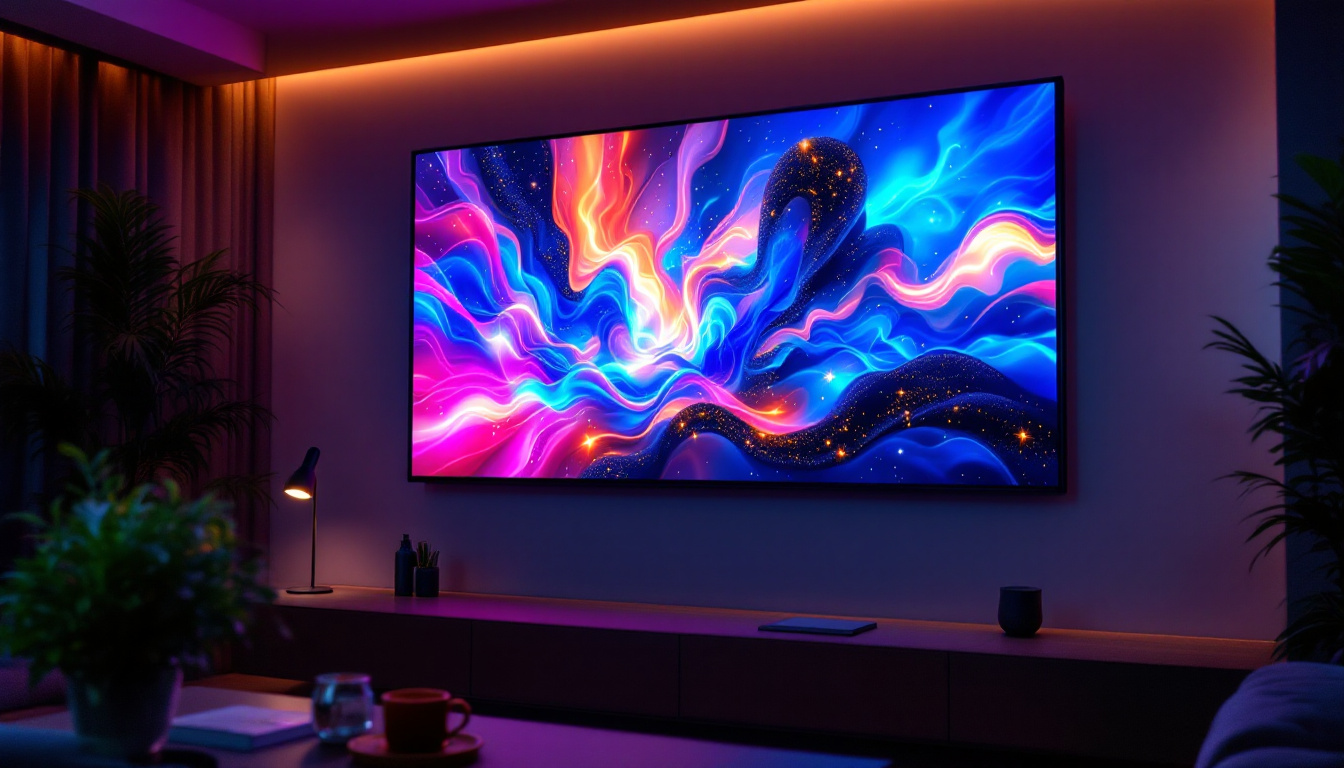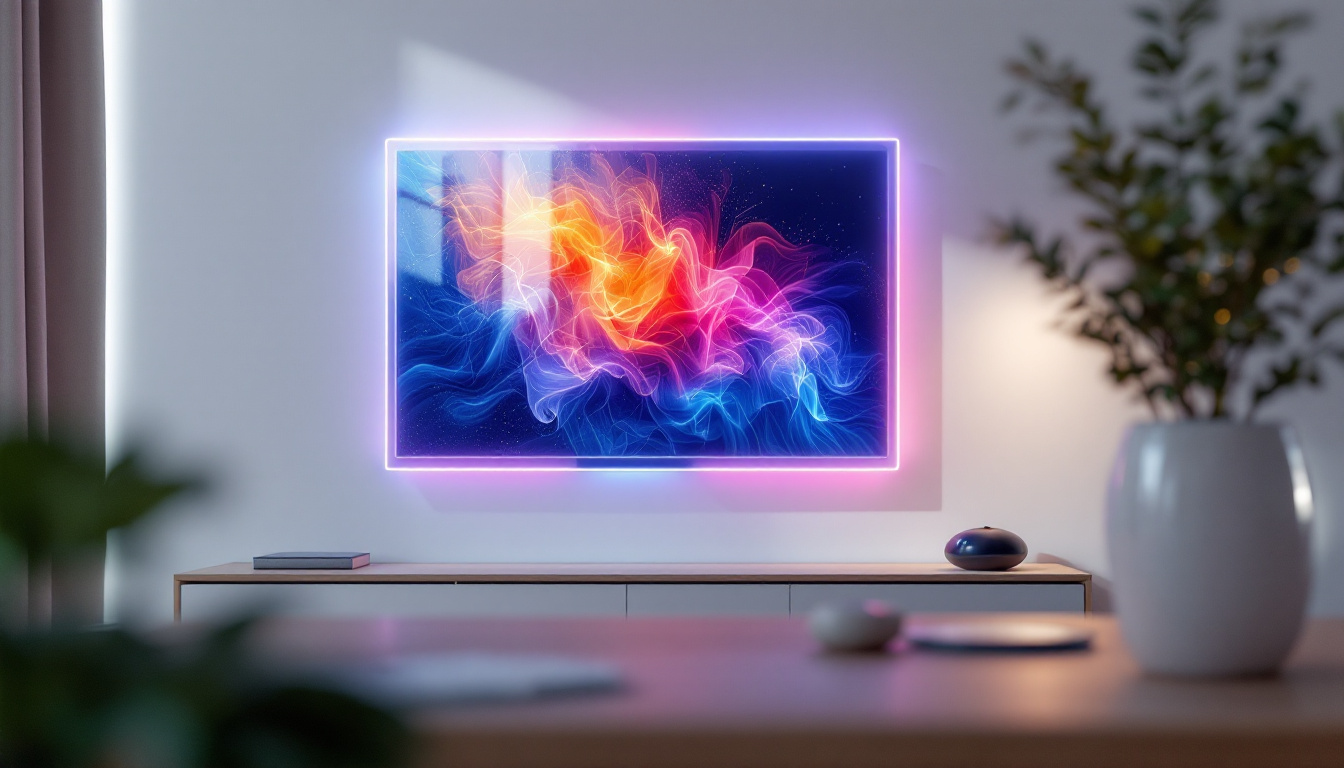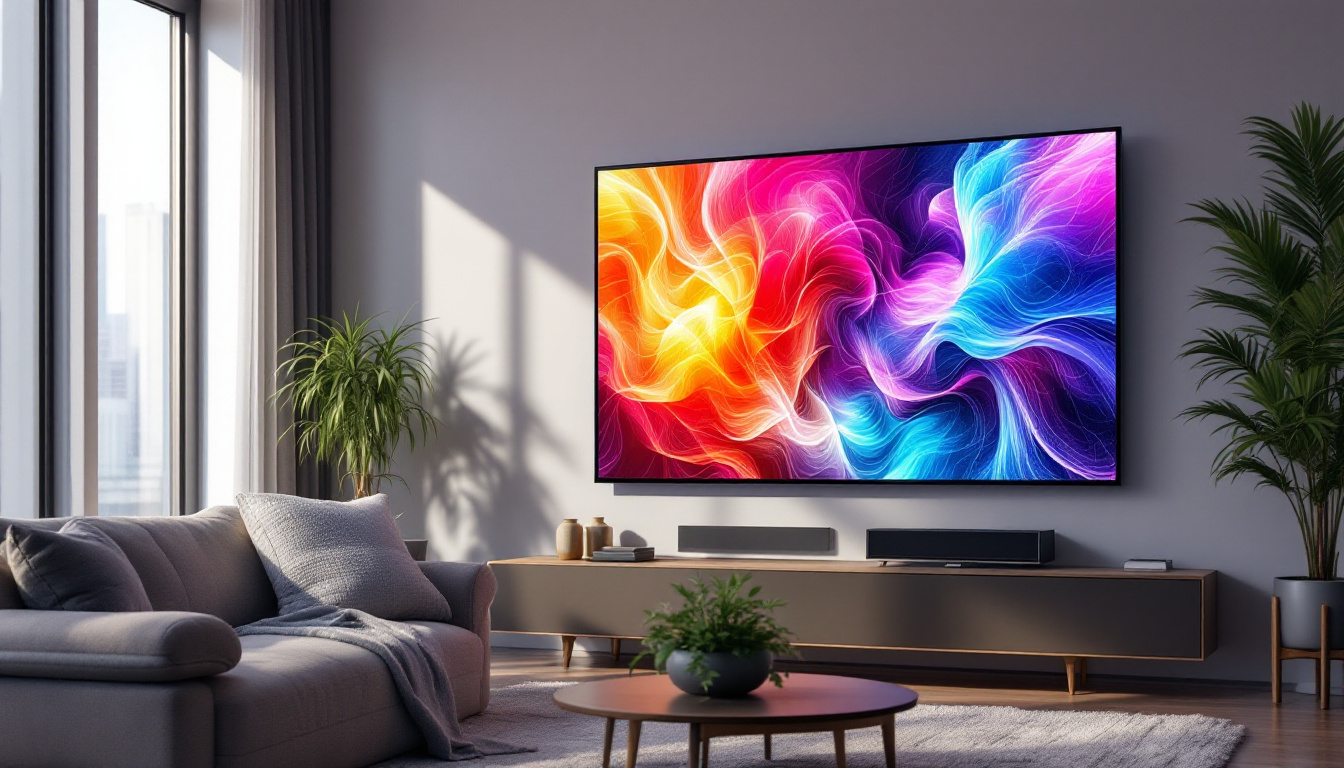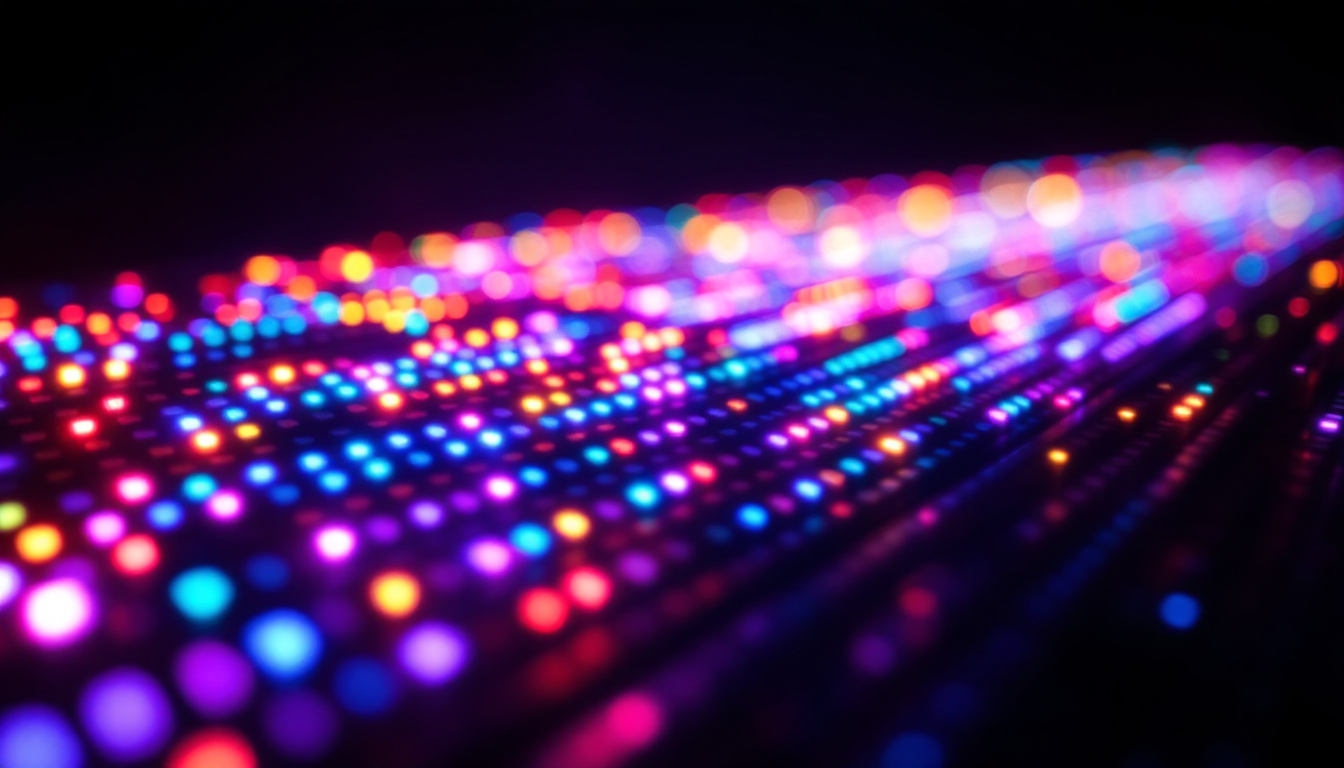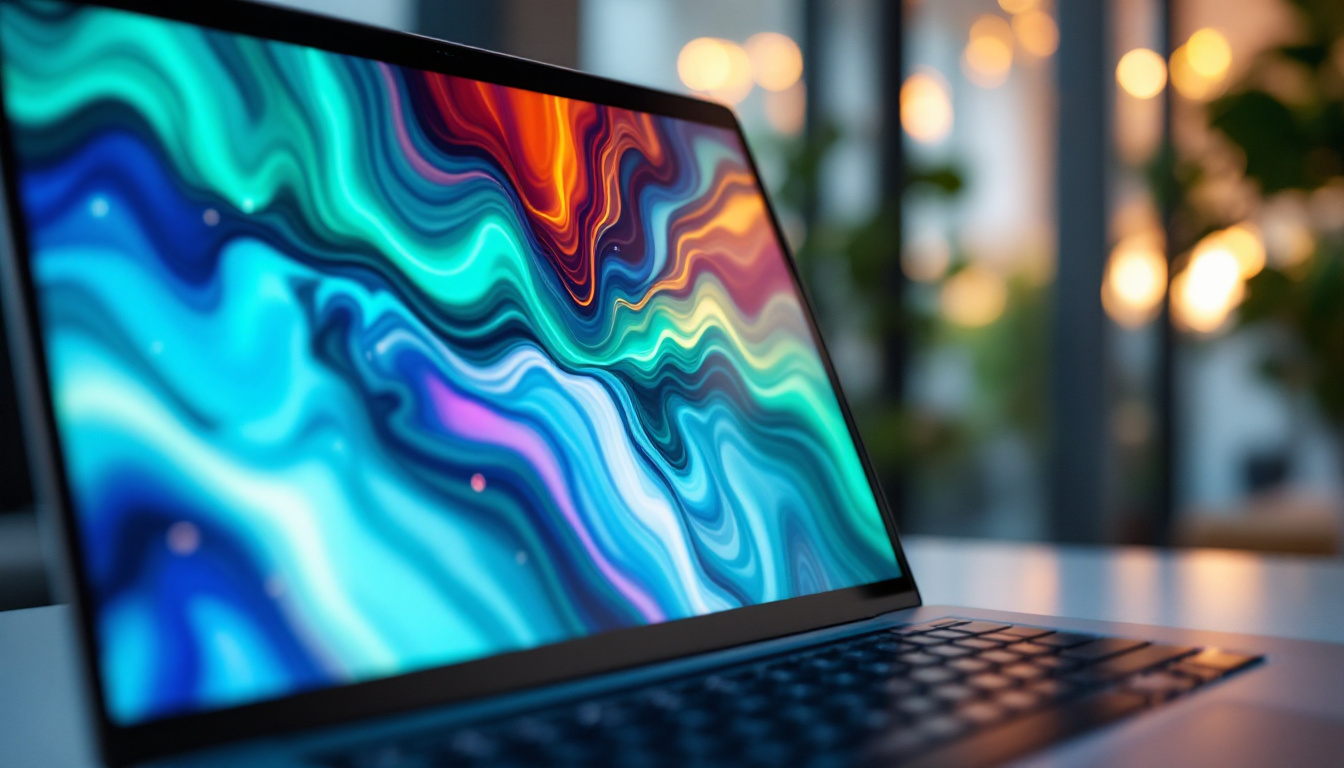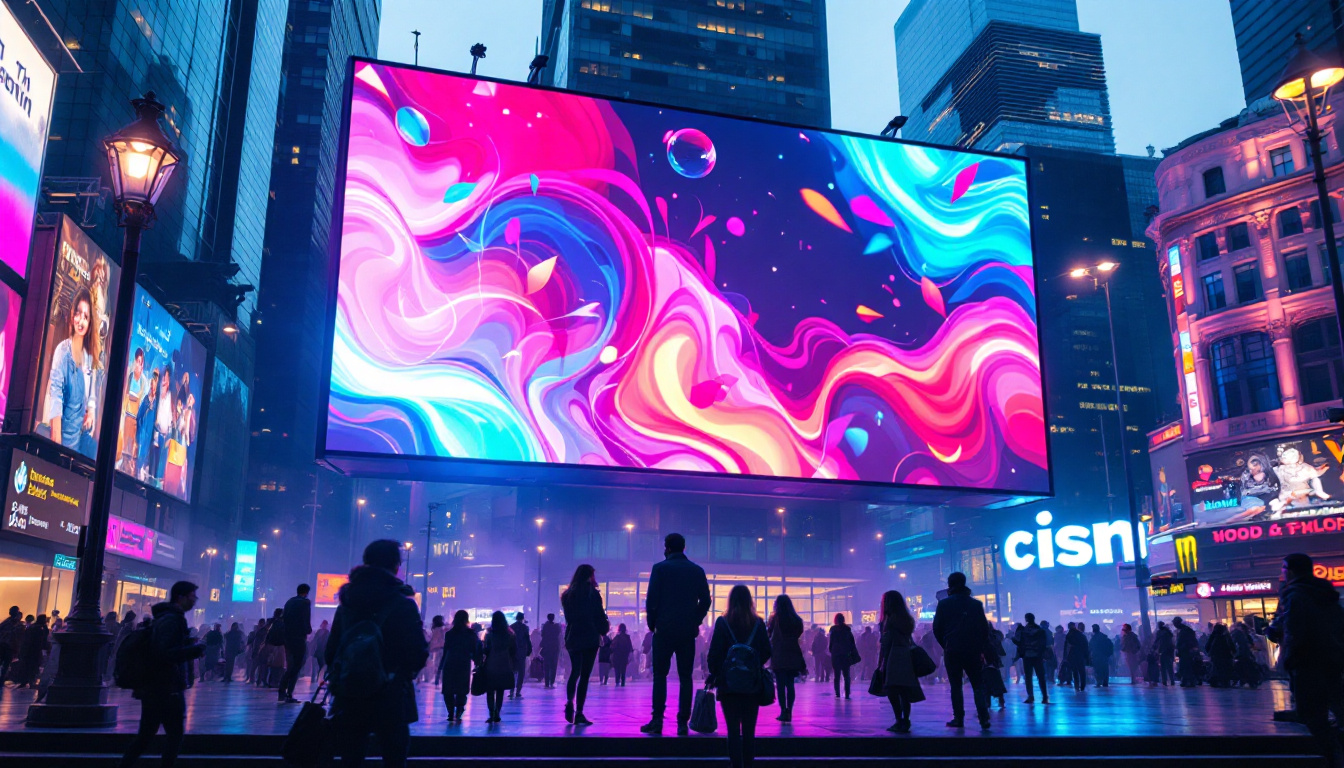In the modern world, visual communication has evolved significantly, and one of the most impactful innovations is the touch screen wall display. These displays are not only visually captivating but also interactive, allowing users to engage with content in a dynamic way. This article delves into the intricacies of touch screen wall displays, particularly focusing on LED technology, its applications, and benefits.
Understanding Touch Screen Wall Displays
Touch screen wall displays have become a staple in various environments, from corporate offices to educational institutions and retail spaces. They serve as powerful tools for communication, information dissemination, and engagement.
What is a Touch Screen Wall Display?
A touch screen wall display is a large screen that allows users to interact directly with the content displayed on it through touch gestures. These displays can be mounted on walls or used as free-standing units and are equipped with advanced technology that recognizes touch inputs, enabling a seamless user experience.
Typically, these displays utilize LED (Light Emitting Diode) technology, which provides vibrant colors, high brightness, and excellent contrast ratios. This makes them suitable for various lighting conditions, ensuring that content is visible and engaging. The versatility of touch screen wall displays allows them to be utilized for a myriad of applications, such as interactive wayfinding systems in shopping malls, digital signage in airports, and collaborative tools in meeting rooms. Their ability to adapt to different environments and purposes enhances their appeal, making them a go-to solution for modern communication needs.
How Touch Screen Technology Works
The technology behind touch screen displays can be categorized into several types, including resistive, capacitive, and infrared. Capacitive touch screens are the most common in modern displays, utilizing the electrical properties of the human body to detect touch. When a finger touches the screen, it alters the electric field at that point, allowing the device to register the input.
Resistive touch screens, on the other hand, consist of multiple layers that respond to pressure. While they are generally less sensitive than capacitive screens, they can be operated with any object, including a stylus or gloved hand. Infrared touch screens use a grid of infrared light beams, detecting touch by measuring the interruption of these beams. Each of these technologies has its own advantages and limitations, making it essential for users to choose the right type based on their specific needs. For instance, capacitive screens are favored for their responsiveness and clarity, while resistive screens may be preferred in industrial settings where durability and versatility in input methods are crucial. Additionally, advancements in touch technology continue to emerge, such as multi-touch capabilities that allow for more complex interactions and gestures, further enhancing user engagement and experience.
Benefits of LED Touch Screen Wall Displays
LED touch screen wall displays offer numerous advantages that make them an attractive choice for various applications. Their combination of interactivity and visual appeal can enhance user engagement and improve communication effectiveness.
Enhanced Visual Experience
One of the primary benefits of LED technology is its ability to produce bright and vibrant images. LED displays have a higher brightness level compared to traditional LCD screens, making them ideal for environments with strong ambient light. This ensures that content remains visible and engaging, regardless of the lighting conditions.
Moreover, LED displays provide excellent color accuracy and contrast, enhancing the overall visual experience. This is particularly beneficial in settings such as retail stores, where captivating visuals can attract customers and influence purchasing decisions.
Interactivity and User Engagement
The interactive nature of touch screen wall displays transforms the way information is presented and consumed. Users can engage with content in real-time, whether it’s navigating through a presentation, accessing information, or participating in interactive applications. This level of engagement can lead to improved retention of information and a more memorable experience.
In educational settings, for instance, touch screen displays can facilitate collaborative learning. Students can work together on projects, share ideas, and interact with educational content, fostering a more dynamic learning environment.
Versatility in Applications
Touch screen wall displays are incredibly versatile, finding applications across various industries. In corporate settings, they can be used for presentations, video conferencing, and information sharing. Retail environments utilize them for interactive product displays, advertisements, and customer engagement. Meanwhile, in educational institutions, these displays serve as digital whiteboards, allowing for interactive lessons and group work.
Additionally, touch screen wall displays are increasingly being used in public spaces, such as airports and museums, to provide information and enhance visitor experiences. Their adaptability makes them a valuable asset in any context where information needs to be communicated effectively.
Key Features to Consider
When selecting a touch screen wall display, several key features should be considered to ensure that the chosen display meets the specific needs of the intended application.
Screen Size and Resolution
The size of the display is a critical factor, as it determines how visible the content will be from various distances. Larger screens are generally more effective in high-traffic areas, where they can attract attention and convey information effectively. Resolution is equally important; higher resolutions provide clearer images and text, enhancing the overall viewing experience.
For example, a display with 4K resolution can deliver stunning visuals, making it suitable for applications that require detailed graphics or videos. In contrast, lower resolutions may suffice for simple text-based information.
Touch Technology
As mentioned earlier, different touch technologies offer varying levels of sensitivity and functionality. Capacitive touch screens are typically more responsive and support multi-touch gestures, allowing for a more intuitive user experience. On the other hand, resistive screens may be more durable in certain environments but lack the finesse of capacitive technology.
Understanding the specific needs of the application can help in choosing the appropriate touch technology. For instance, environments where users may wear gloves or use styluses may benefit from resistive touch screens.
Connectivity Options
Connectivity is another essential feature to consider. Many modern touch screen wall displays offer a range of connectivity options, including HDMI, USB, and wireless capabilities. This flexibility allows for easy integration with various devices, such as computers, tablets, and smartphones.
Wireless connectivity, in particular, can enhance the user experience by allowing content to be shared effortlessly without the need for physical cables. This can be especially useful in collaborative environments where multiple users need to connect to the display simultaneously.
Installation and Maintenance Considerations
The installation and maintenance of touch screen wall displays require careful planning and consideration to ensure optimal performance and longevity.
Installation Requirements
Installing a touch screen wall display involves several steps, including selecting the appropriate location, ensuring proper mounting, and connecting power and data sources. The location should be chosen based on visibility, accessibility, and the intended use of the display. It’s crucial to ensure that the display is mounted securely and at an appropriate height for user interaction.
Additionally, consideration should be given to the surrounding environment. For instance, displays in high-traffic areas may require protective casings to prevent damage, while those in bright environments may need anti-glare screens to enhance visibility.
Regular Maintenance
To ensure the longevity and optimal performance of touch screen wall displays, regular maintenance is essential. This includes cleaning the screen to remove dust and fingerprints, checking for software updates, and ensuring that all connections are secure.
Moreover, it’s advisable to conduct periodic assessments to identify any potential issues before they escalate. This proactive approach can help maintain the display’s functionality and ensure a consistent user experience.
Future Trends in Touch Screen Wall Displays
The landscape of touch screen wall displays is continually evolving, with technological advancements paving the way for new features and capabilities. Understanding these trends can provide insights into the future of interactive displays.
Integration with AI and Machine Learning
As artificial intelligence (AI) and machine learning technologies advance, their integration into touch screen wall displays is becoming more prevalent. These technologies can enhance user interaction by providing personalized content recommendations based on user behavior and preferences.
For instance, in retail environments, AI can analyze customer interactions with the display to suggest products or promotions tailored to individual preferences. This level of personalization can significantly enhance the customer experience and drive sales.
Augmented Reality (AR) Capabilities
Augmented reality is another exciting trend that is making its way into touch screen wall displays. By overlaying digital information onto the physical world, AR can create immersive experiences that engage users on a deeper level. This technology is particularly beneficial in educational and training environments, where interactive simulations can enhance learning outcomes.
In retail, AR can allow customers to visualize products in their own space before making a purchase, bridging the gap between online and in-store shopping experiences.
Improved Energy Efficiency
As sustainability becomes a growing concern, manufacturers are focusing on improving the energy efficiency of touch screen wall displays. Newer models are being designed to consume less power without compromising performance, contributing to lower operating costs and a reduced environmental footprint.
Incorporating energy-efficient technologies not only benefits the environment but can also enhance the overall appeal of these displays to organizations looking to adopt sustainable practices.
Conclusion
Touch screen wall displays represent a significant advancement in visual communication technology, combining interactivity with stunning visuals. The integration of LED technology enhances their effectiveness across various applications, from corporate environments to educational institutions and retail spaces.
As technology continues to evolve, the future of touch screen wall displays looks promising, with innovations such as AI, AR, and improved energy efficiency on the horizon. Organizations looking to enhance their communication strategies should consider the myriad benefits that touch screen wall displays offer, making them an invaluable asset in today’s digital landscape.
In summary, the combination of enhanced visual experiences, interactivity, and versatility makes touch screen wall displays a powerful tool for engaging audiences and conveying information effectively. As these technologies continue to develop, they will undoubtedly play an increasingly vital role in shaping how we interact with information in the years to come.
Discover LumenMatrix’s Innovative LED Display Solutions
Ready to elevate your visual communication and engage your audience like never before? Explore LumenMatrix’s comprehensive range of LED display solutions, designed to bring your content to life with unparalleled brightness, clarity, and interactivity. From immersive Indoor and Outdoor LED Wall Displays to dynamic Vehicle and Sports Displays, LumenMatrix offers tailored options to fit your unique needs. Embrace the future of digital signage with our cutting-edge technology. Check out LumenMatrix LED Display Solutions today and transform your space into a captivating visual experience.

